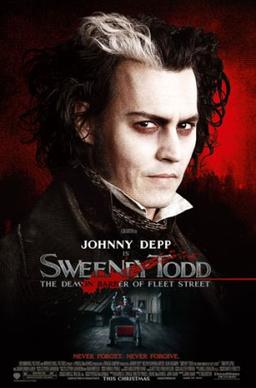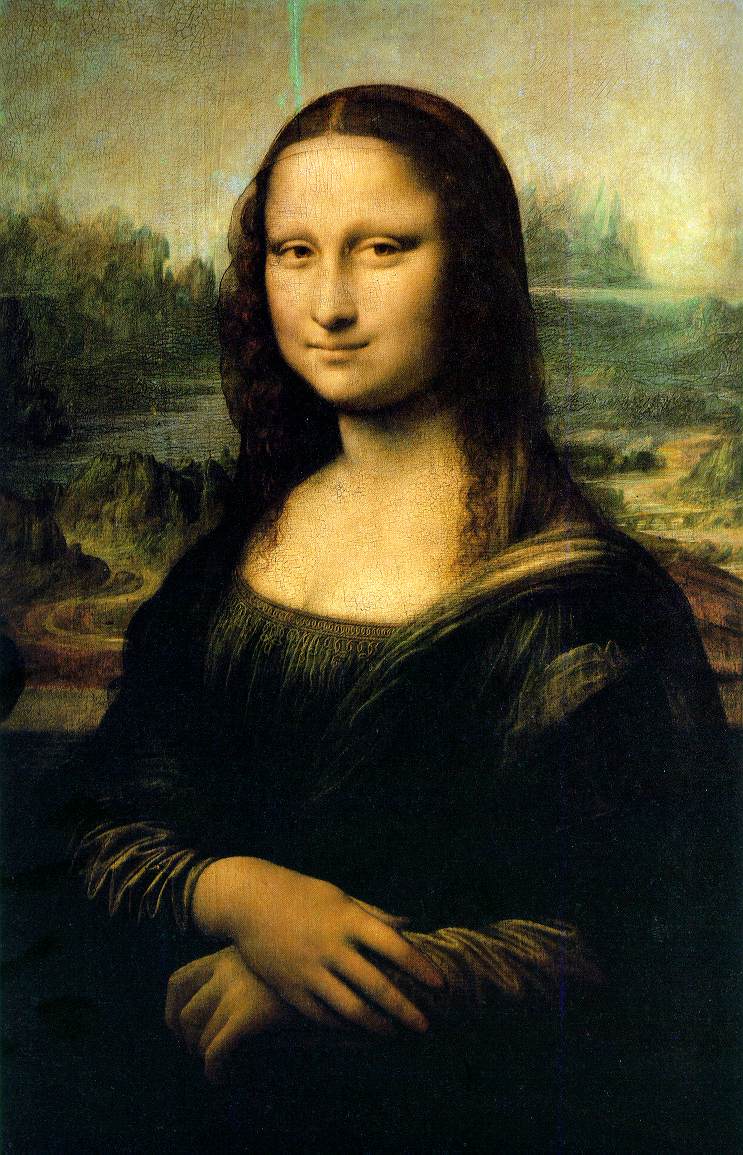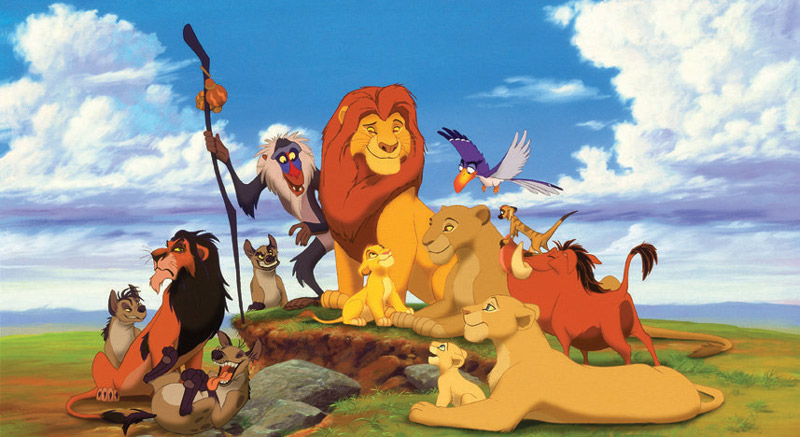My final piece involved an animation of various cartoon characters changing from one to another, in black and white, my own cartoon face being the only that had coloured hair.
I drew up a template to base the characters on, and photocopied it.
In the build up to our final piece, we did a series of tasks which involved us looking at different portraits and artists.
The main artist i took inspiration from was Andy Warhol, as his art is very pop-arty, and modern.
A lot of his pieces of work look like they are done in cartoon style, and they are bright and eye-catching.
Because his style is like this, i took inspiration from his work, and based my animation drawings around his art.
Next time, the thing i would change would be the outline of the template, to not make it so heavy and easy to see. Also, i would draw more cartoon characters, so the animation wouldn't have to be looped twice. As well as that, i'd make it so the characters do actions instead of just change from one to another.
I drew up a template to base the characters on, and photocopied it.
On the photocopied templates, i drew the cartoon characters from pictures i looked at on the internet, and tried to make them look as close to the real thing as possible. Then, i took photos of the drawings, making sure the size and lighting was exactly the same in each photo shot.
The photos were then stored on my USB stick, so i could take them into college and edit them together into an animation using Adobe Premier Pro. Once the pictures were together, i found an instrumental song and edited it into the animation, and added titles and credits.In the build up to our final piece, we did a series of tasks which involved us looking at different portraits and artists.
The main artist i took inspiration from was Andy Warhol, as his art is very pop-arty, and modern.
A lot of his pieces of work look like they are done in cartoon style, and they are bright and eye-catching.
Because his style is like this, i took inspiration from his work, and based my animation drawings around his art.
Next time, the thing i would change would be the outline of the template, to not make it so heavy and easy to see. Also, i would draw more cartoon characters, so the animation wouldn't have to be looped twice. As well as that, i'd make it so the characters do actions instead of just change from one to another.









